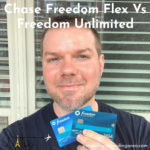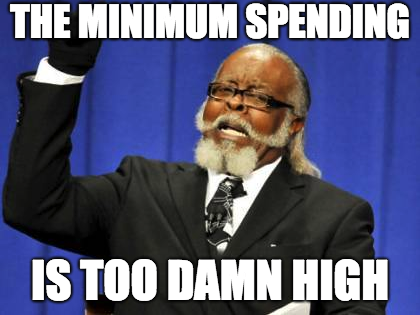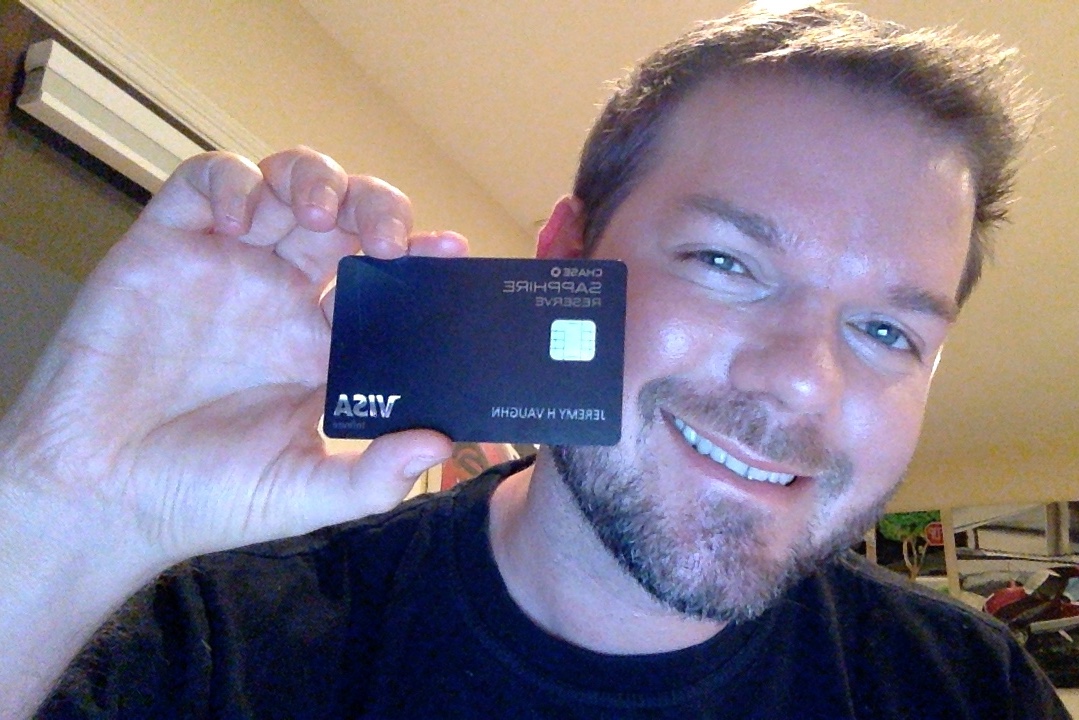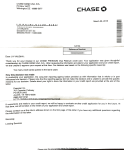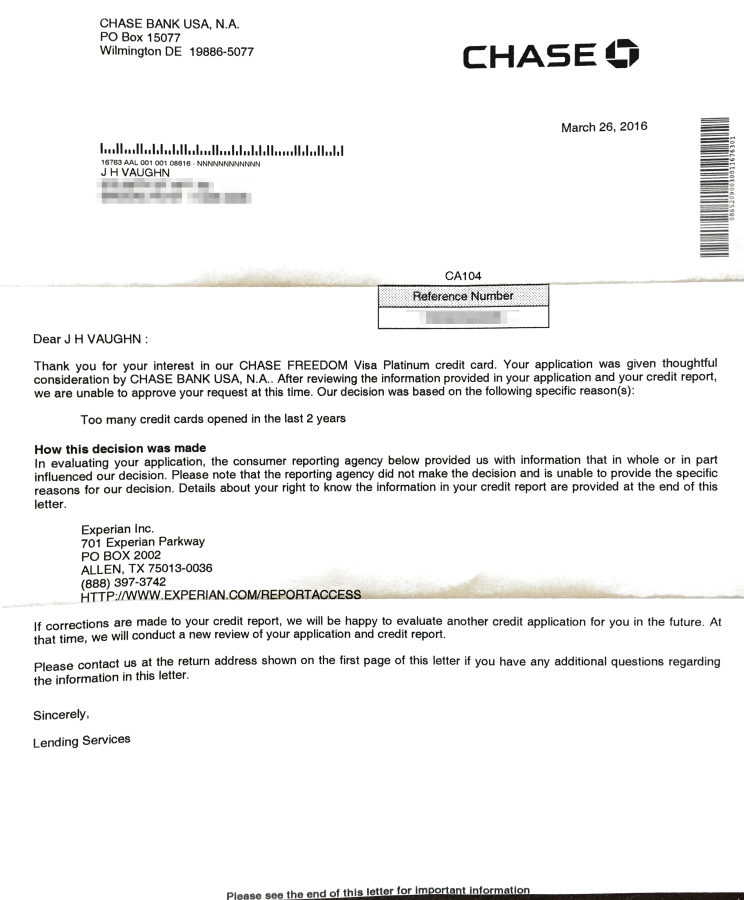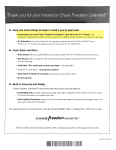
Chase Sapphire Preferred 100K? Holy wow am I kicking myself. Chase keeps upping the ante on the Chase Sapphire Preferred. First 60K, then 80K, and now – 100,000 Chase Ultimate Rewards points after you spend $4,000 on purchases in the first 3 months from account opening. WOW.
I don’t think it’s going to get better than this. 100,000 Chase Ultimate Rewards points are worth:
- $1,000 in cash
- $1,250 toward travel booked through Chase (flights, hotels, cruises, car rentals, and excursions)
- Potentially much much more when you transfer points to travel partners like Hyatt (my favorite), United, British Airways, Air Canada (coming later this year), and others

Get back to travel in a big way with the new Chase Sapphire Preferred 100K offer
If you’re eligible for this offer, this is your sign! There’s no end date yet – get it while it’s still around!

